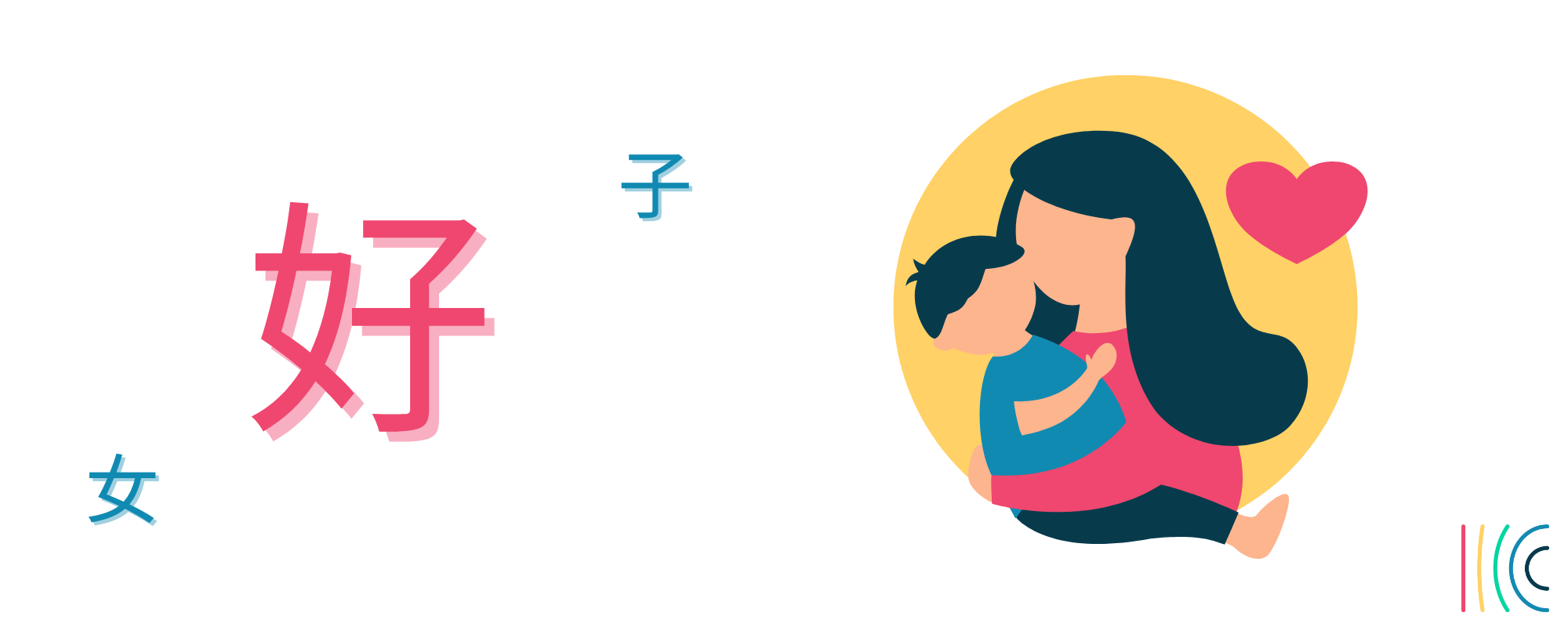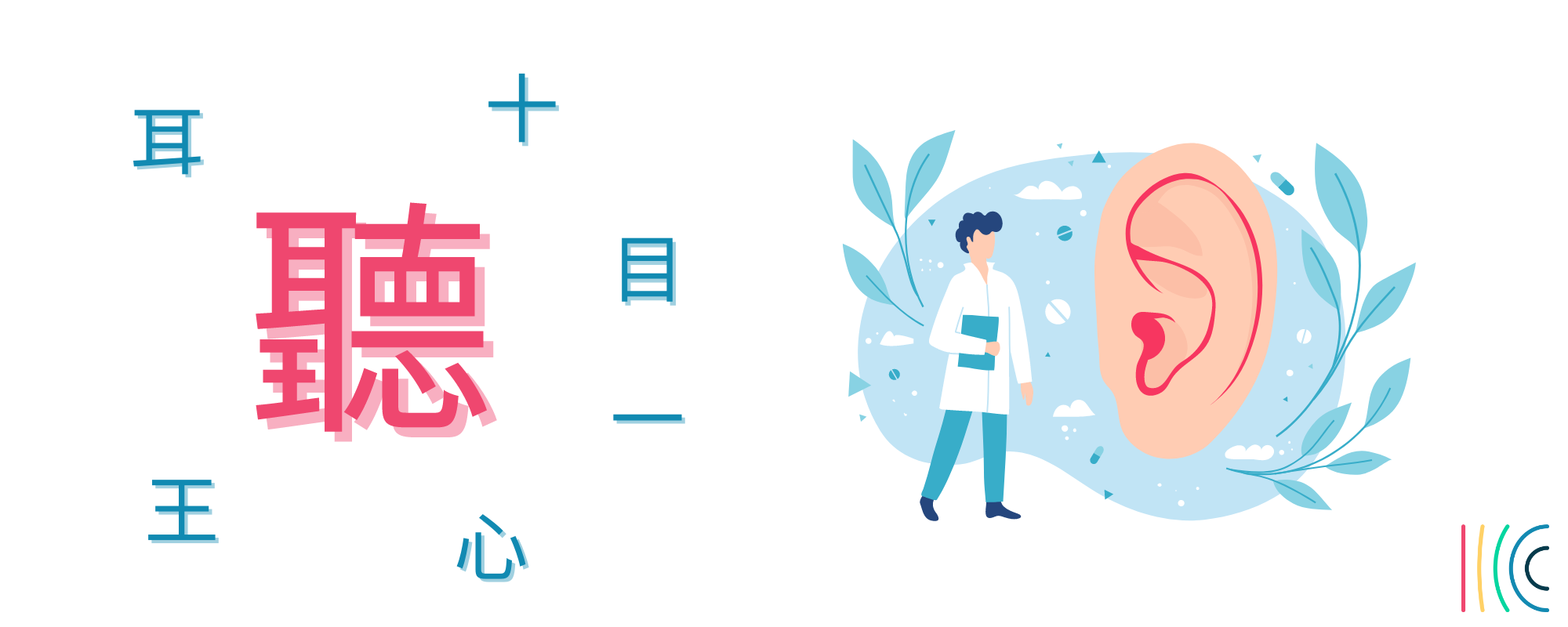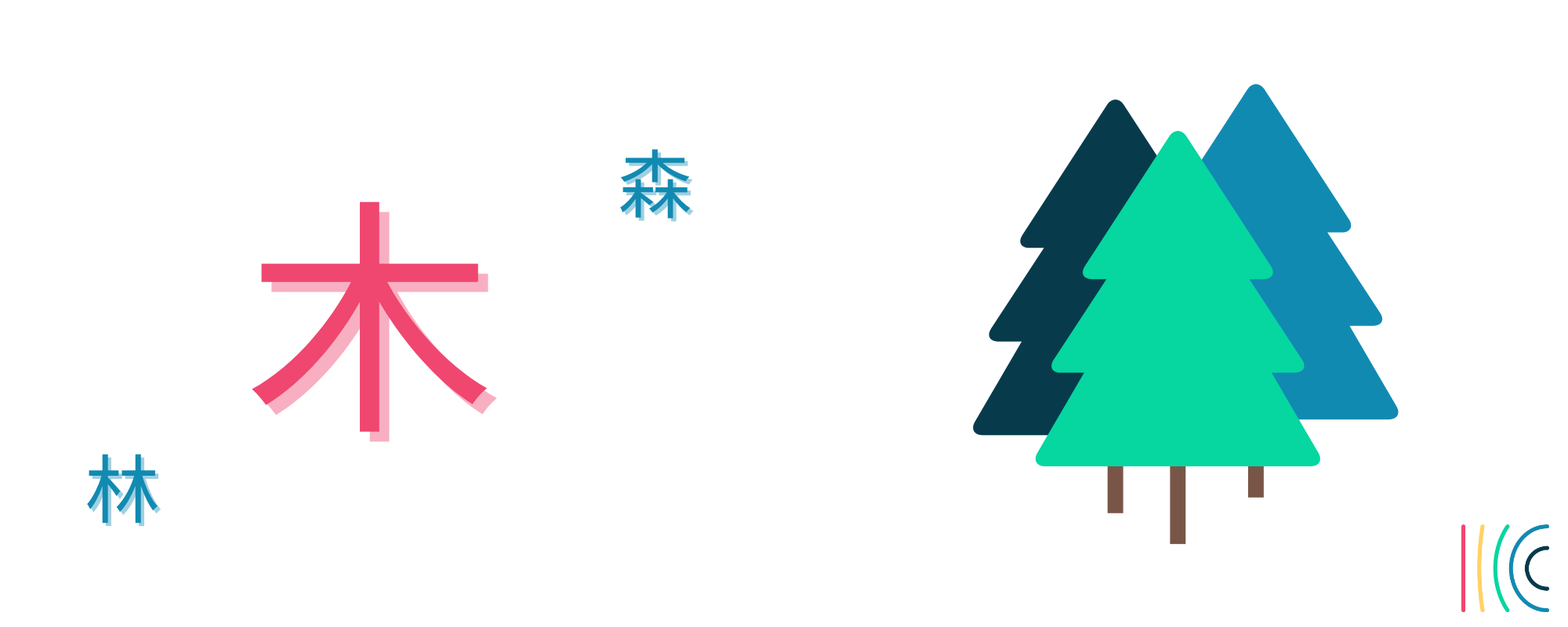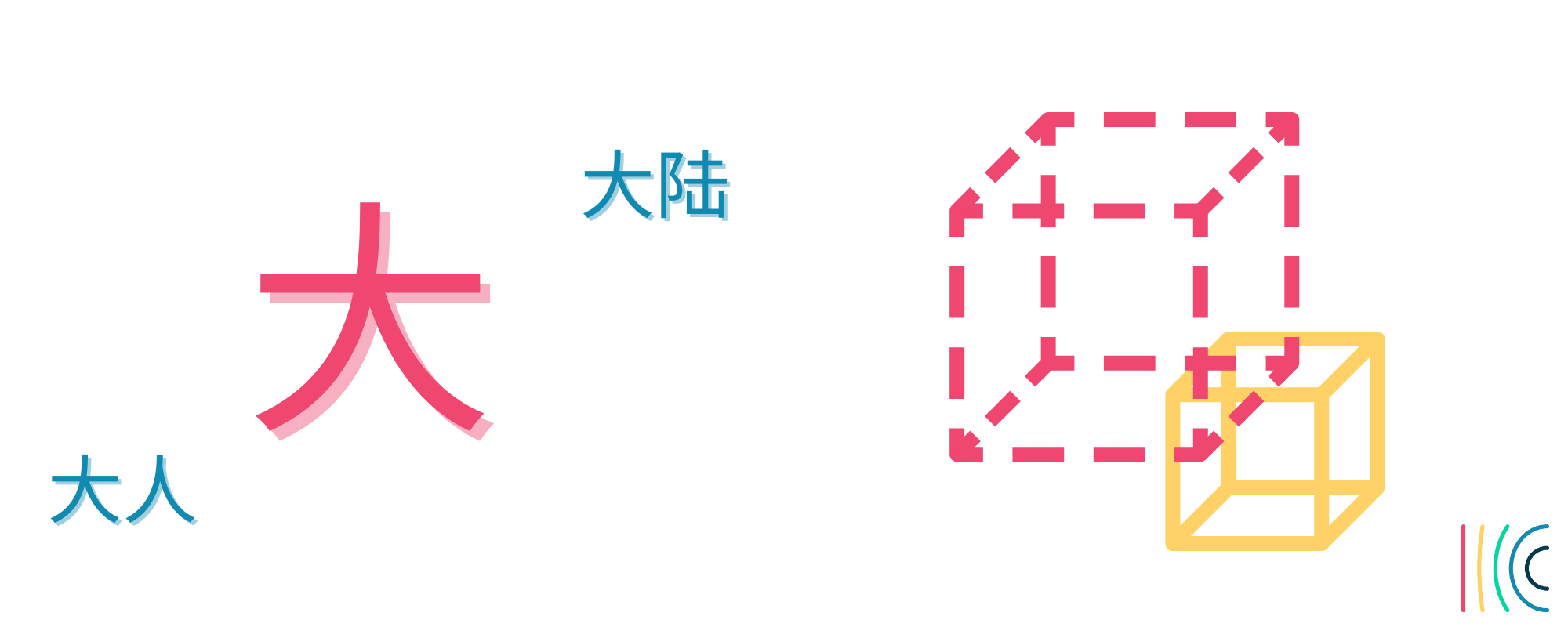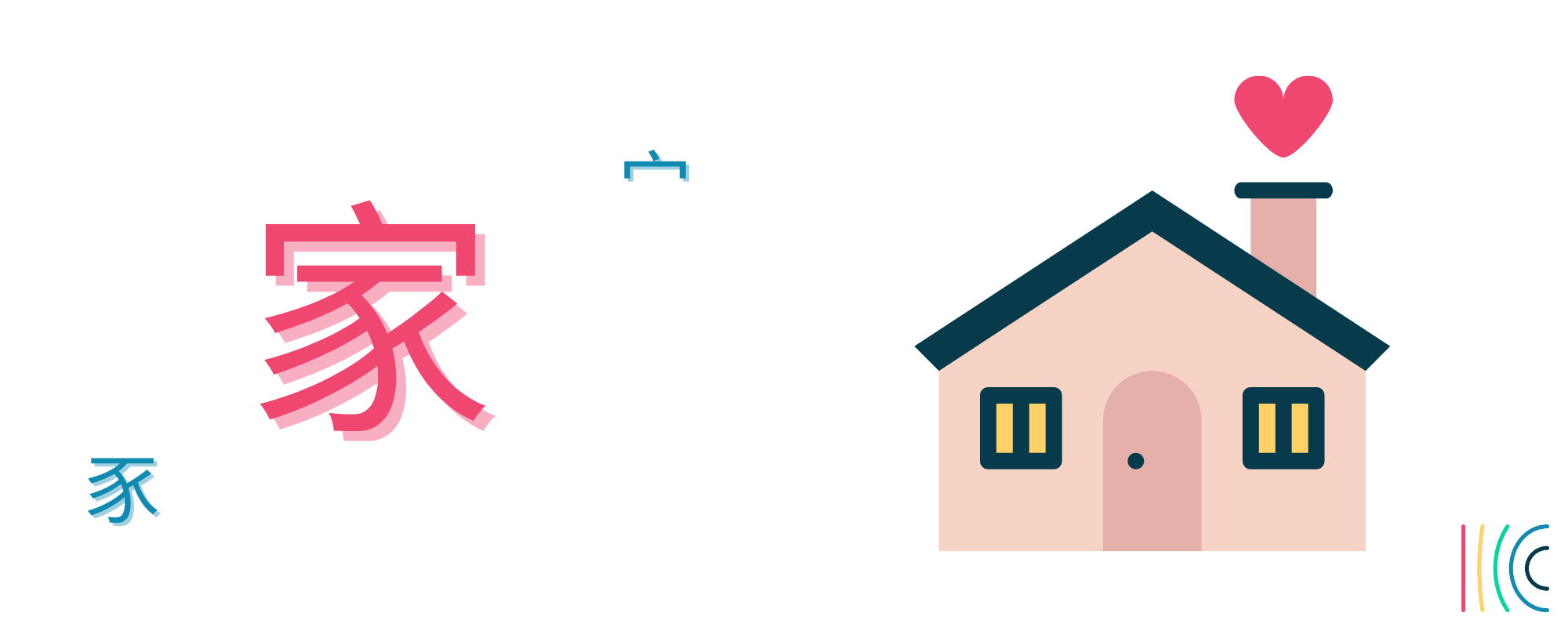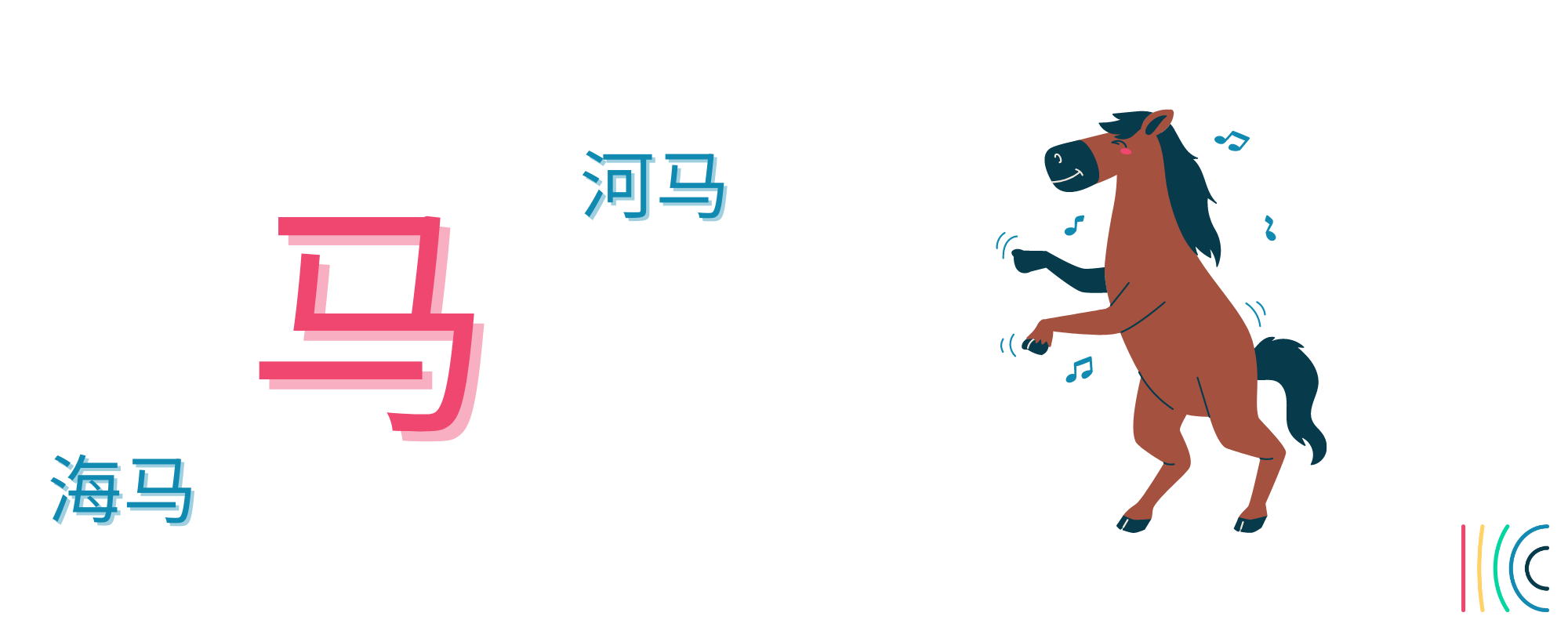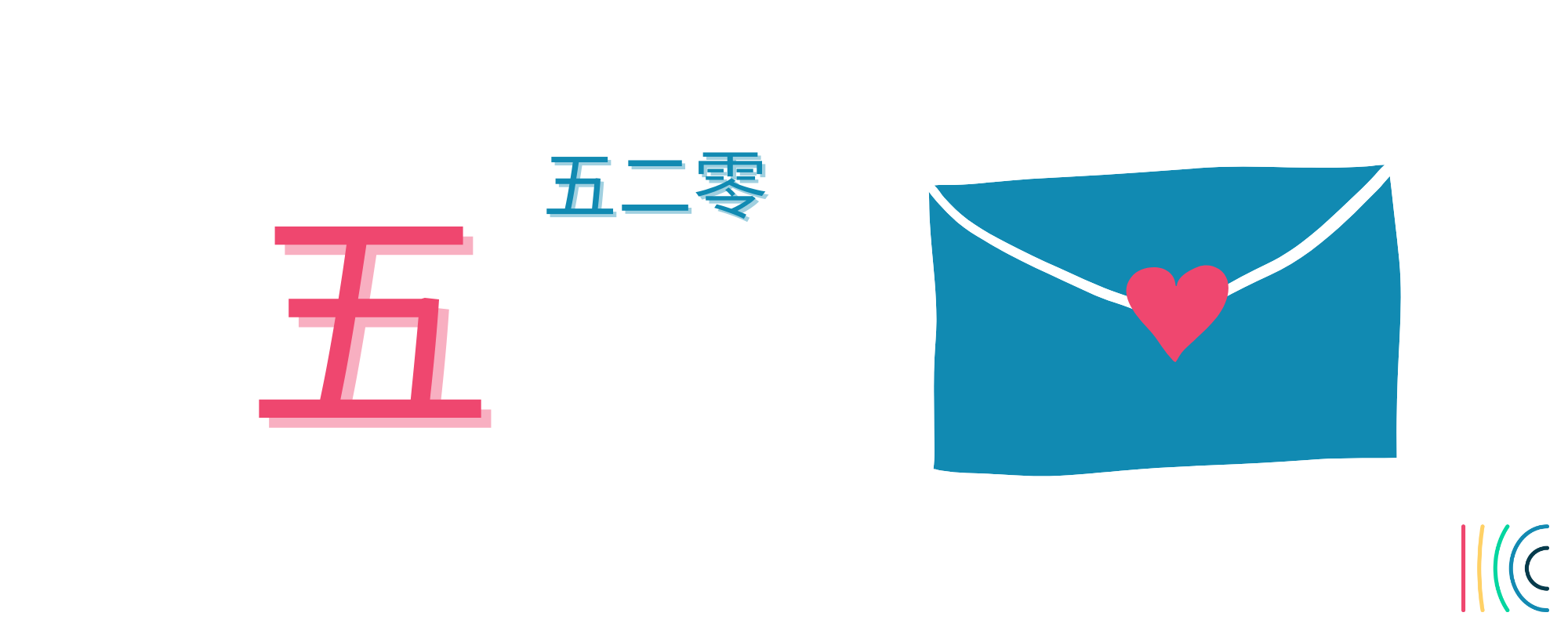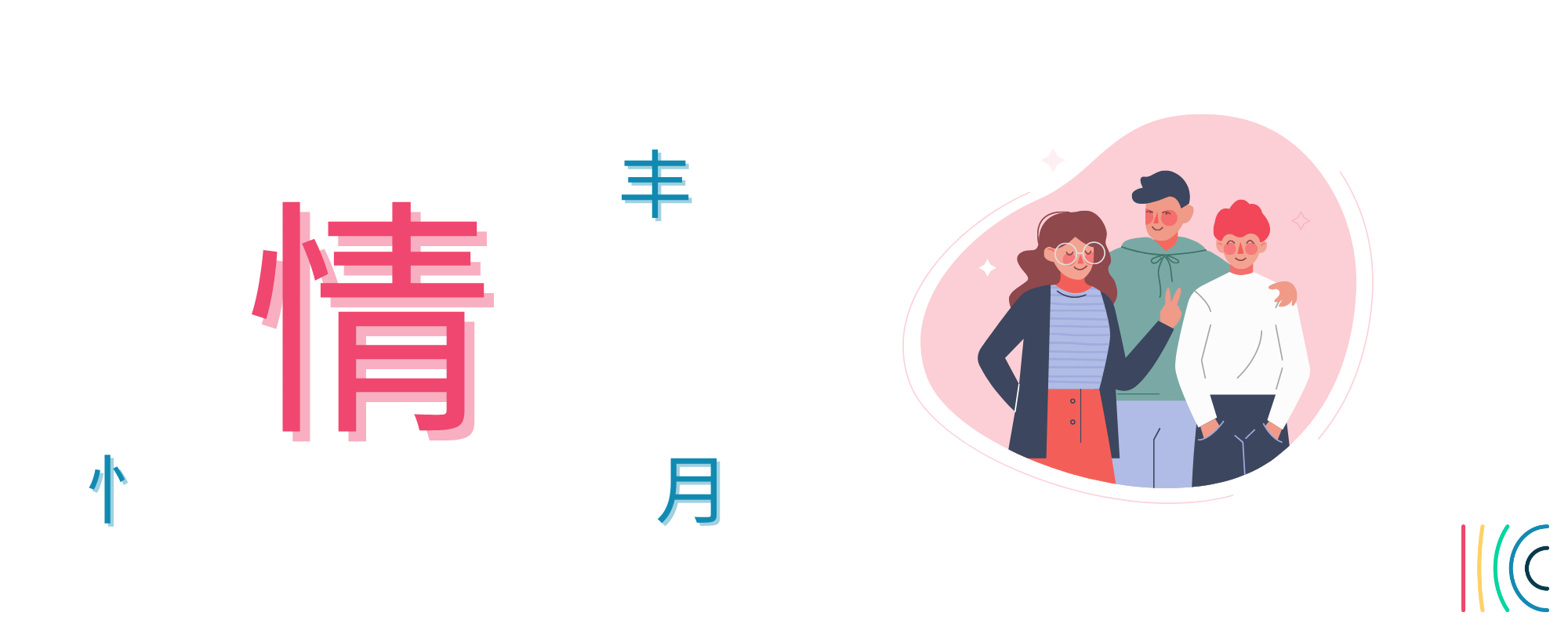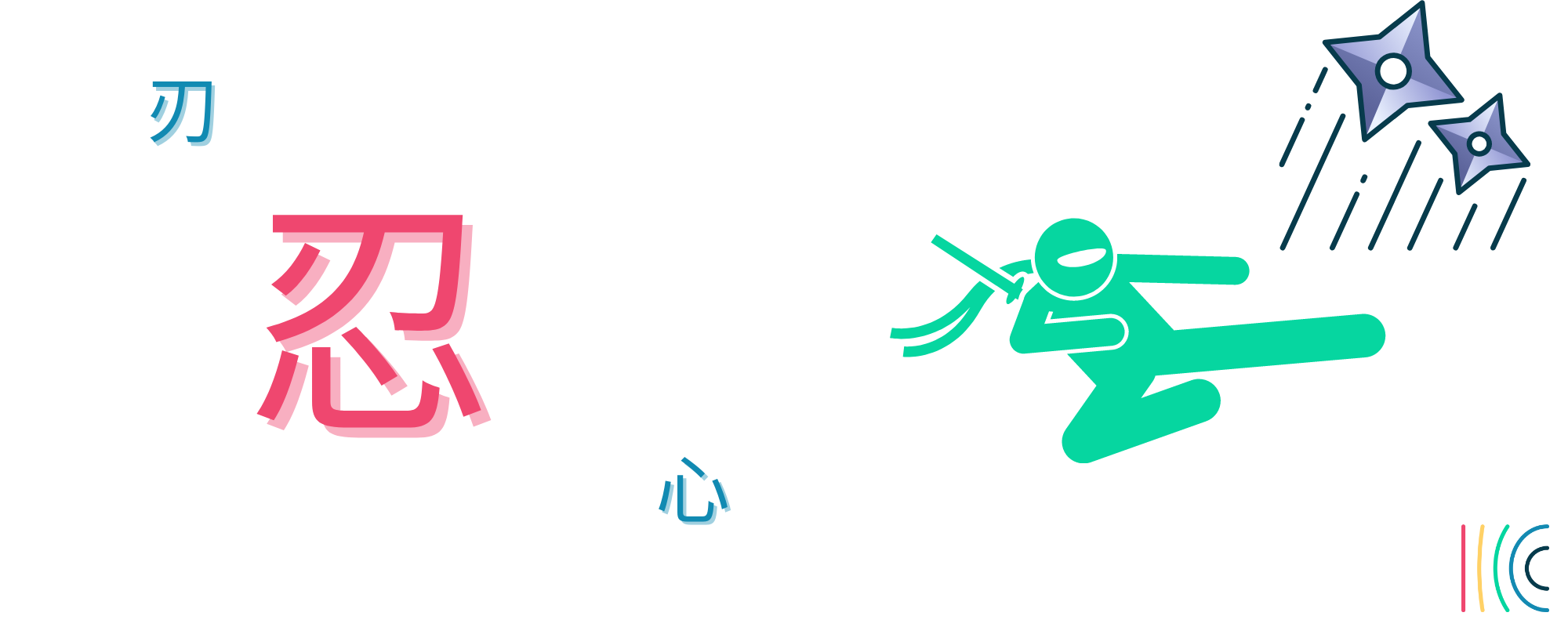Using rote memorization to learn Chinese characters can feel like a chore, but it doesn’t have to be that way. Apart from being fun on its own, exploring the origin of Chinese characters builds associative memories in your mind to help you remember what characters mean, what they sound like, and how to write them.
In this article, we’ll show you how to open up Chinese characters to better appreciate their beauty while improving your ability to recognize and remember them. Chinese can be hard to learn for English speakers, but taking a closer look at its characters helps us make sense of how they work.
Check out this list of Chinese characters that show the historical depth and beauty of the language.
聽
(simplified: 听; pinyin: tīng)
Chinese characters are mostly made up of multiple components. These components are basically individual characters that act as building blocks to form new characters (e.g. 日+月=明). Learning the individual components of characters can make them make sense.
“聽,” the Chinese character for “listen,” consists of six components. The six components in “聽” are: “耳” (ear), “王” (king), “十” (ten), “目” (eye), “一” (one), and “心” (heart).
You can interpret these six components as follows:
When you listen,
- you use an ear to hear
- while treating the other like a king (or while using a kingly mind to listen)
- with the focus of ten
- eyes
- and the feeling of one united
- heart.
When we draw out the meanings of characters like this, they really begin to shine while also becoming easier to remember!
Individual characters also combine with other characters to form compound words (e.g. 明+天=明天). Learning the compound words that contain a particular character will help you learn the range of meanings a character can take on.
Take, for example, these compound words with “聽” (from here on, the simplified form “听”):
- 难听 (nántīng): bad-sounding (“difficult” + “listen”)
- 好听 (hǎotīng): pleasant-sounding (“good” + “listen”)
- 听觉 (tīngjué): sense of hearing (“listen” + “feel”)
- 听力 (tīnglì): listening skills (“listen” + “power”)
- 听话 (tīnghuà): to obey (“listen” + “speech”)
好
(pinyin: hǎo)
“好,” the Chinese character for “good,” joins two components. The left component depicts a woman (女), and the right depicts a baby (子).
Traditionally, the character “好” has represented the goodness of mothers and children being together or the mutual affection between mothers and children.
Like “听,” “好” can be combined with other characters to take on more expansive definitions:
- 你好 (nǐ hǎo): hello (“you” + “good”)
- 好吃 (hǎochī): tasty, delicious (“good” + “eat”)
- 好听 (hǎotīng): pleasant-sounding (“good” + “listen”)
- 好笑 (hăoxiào): funny (“good” + “laugh”)
- 爱好 (àihào): hobby (“affection” + “good”)
木
(pinyin: mù)
“木,” the Chinese character for “wood” or “tree,” resembles a tree with roots and branches.
“木” appears as a component in many characters that denote names of trees or ideas related to wood or lumber. Wood is also one of the five Chinese elements alongside fire, earth, metal, and water, which is why it can be found in Chinese words like “木星” (pinyin: Mùxīng), which means “Jupiter” (“wood” + “star”). As an adjective, “木” can also mean “simple-minded” or “slow in thought.”
When we find “木” doubled or even tripled within one character, we see how intuitive some Chinese characters are:
- The character “林” (pinyin: lín) consists of two “木” characters written side by side, suggesting plurality, and means “forest.”
- The character “森” (pinyin: sēn) consists of three “木” characters written together, further indicating denseness, and means “dense forest.”
Taking advantage of these three characters, a famous Chinese clothing brand for men is named 木林森.
Here are some compound words with “木”:
- 木工 (mùgōng): carpentry (“wood” + “work”)
- 木头 (mùtou): wood, timber (“wood” + “head”)
- 木头人 (mùtourén): blockhead (“wood, timber” + “person”)
- 木星 (Mùxīng): Jupiter (“wood” + “star”)
- 松木 (sōngmù): pinewood (“pine” + “wood”)
- 硬木 (yìngmù): hardwood (“hard” + “wood”)
大
(pinyin: dà)
“大,” the Chinese character for “big,” is a pictograph of a man with outstretched arms.
Though “大” usually refers to physical size, that isn’t always the case. There are also instances where you would use “大” in Chinese but wouldn’t use “big” in English:
- 你多大?
- “How old are you?”
- literally: “How big are you?”
- 今天太陽很大
- “It’s sunny today.”
- literally: “The sun is big today.”
Here are compound words that show the range of “大”:
- 大人 (dàrén): adult (“big” + “person”)
- 大学 (dàxué): university (“big” + “study”)
- 大陆 (dàlù): continent, Mainland (China) (“big” + “land”)
- 强大 (qiángdà): powerful (“strength” + “big”)
- 放大 (fàngdà): magnify (“to release” + “big”)
家
(pinyin: jiā)
“家” is the Chinese character for “home.”
The first Chinese character for “home” was a pictograph of a pig inside a house, and the character we see today still represents the character for hog (豕) underneath the roof radical (宀).
The concept of “home” in “家” allows it to form some interesting words:
- 大家 (dàjiā): everybody (“big” + “home”)
- 家人 (jiārén): family (“home” + “people”)
- 家具 (jiājù): furniture (“home” + “tool”)
- 科学家 (kēxuéjiā): scientist (“science” + “home”)
- 专家 (zhuānjiā): expert (“special” + “home”)
马
(pinyin: mǎ)
“马” is the Chinese character for “horse.” In Chinese culture, the horse is a positive animal that represents energy and hope. “马” is used to form all kinds of words, some using the literal meaning of “horse,” some the figurative.
“上马” (“on” + “horse”) means “to mount a horse,” but it can also mean “to begin a new project.” If we change the position of the two words, we get “马上,” which means “immediately, at once.”
The expression “黑马” (“black” + “horse”) is derived from the English term “dark horse” and, like the English term, refers to both a black horse and an unexpected winner.
If we put “horse” and “tiger” together, we get “马虎,” which not only stands for the two animals but also means “sloppy.” If we double both characters, we get “马马虎虎,” which means either “careless” or “just so-so.”
Here are some more compound words that use “马”:
- 马车 (mǎchē): horse-drawn carriage (“horse” + “vehicle”)
- 马球 (mǎqiú): polo (“horse” + “ball”)
- 马房 (mǎfáng): stable (“horse” + “house”)
- 海马 (hǎimǎ): sea horse (“sea” + “horse”)
- 河马 (hémǎ): hippopotamus (“river” + “horse”)
五
(pinyin: wǔ)
“五” is the Chinese character for “five,” and in Chinese Internet slang, “520” means “I love you.”
So what does the number 520 have to do with love?
As it turns out, “520” is still pronounced “五二零” in Chinese, and it’s used for its sound rather than its meaning. “五” sounds similar to “我” (wǒ), which means “I.” In the same way, “二” (èr), which means “two,” sounds similar to “爱” (ài), which means “love.” “零” (líng), which means “zero,” also sounds similar to “你” (nǐ), which means “you.”
Put all together, “五二零”—or “520” for speedy typing—sounds a lot like “我爱你.”
Using “五” as a number, five more compound words are shown below:
- 十五 (shíwǔ): fifteen (“ten” + “five”)
- 五十 (wǔshí): fifty (“five” + “ten”)
- 第五 (dìwǔ): fifth (“ordinal number” + “five”)
- 五官 (wǔguān): the “five sense organs” (“five” + “organ”)
- 五经 (wǔjīng): the “Five Classics” (“five” + “classics”)
日
(pinyin: rì)
The Chinese character for “day” or “sun” is an excellent character for illustrating the origin of Chinese characters.
“日” is a pictograph of the sun. Its earliest form was a circle with a dot in the center with four rays extending from the circle. In the modern form of the character, the central dot has become a horizontal stroke.
In addition to standing on its own, “日” acts a radical, meaning that it is a key component of many other characters that have to do with the sun or daytime. You can find “日” in characters like “早” (early, morning) and “旴” (dawn).
Of course, “日” can also be used to make other compound words:
- 星期日 (xīngqīrì): Sunday (“week” + “sun”)
- 日出 (rìchū): sunrise (“sun” + “to go out”)
- 日本 (rìběn): Japan (“sun” + “origin”)
- 日记 (rìjì): diary (“day” + “to record”)
- 生日 (shēngrì): birthday (“to be born” + “day”)
情
(pinyin: qíng)
“情,” the Chinese character for “feeling,” consists of three components: “忄” (heart), “丰” (plentiful), and “月” (moon). In “情,” the heart radical (忄) tells you something about the meaning of the character (“feeling”), while the right side of the character (青) isn’t used for its meaning but for its sound (qīng).
Now, if you keep the right part of “情” (青) and change the heart radical (忄), you can also make different characters. With the speech radical (讠), you get “请” (pinyin: qǐng), meaning “to ask.” With the water radical (氵), you get “清” (pinyin: qīng), meaning “clear.”
For all three of these characters, the radicals on the left provide meaning while the component on the right (青) provides the sound; they all sound like “qing” but with different tones.
Knowing that some Chinese characters behave like this can help you with your Chinese characters recognition as you learn to look at one part of a character for meaning and another part for the sound it makes.
“情” can form all kinds of compound words having to do with “feeling”:
- 交情 (jiāoqíng): friendship (“to cross” + “feeling”)
- 同情 (tóngqíng): to sympathize, empathize (“same” + “feeling”)
- 心情 (xīnqíng): mood (“heart” + “feeling”)
- 情场 (qíngchǎng): affairs of the heart; love (“feeling” + “field”)
- 情意 (qíngyì): affection (“feeling” + “idea”)
忍
(pinyin: rěn)
“忍” is the Chinese character for “endure.” The top half of “忍” is “刃,” which is a blade, and the bottom half is “心,” which is the heart. Together, these form the image of a blade upon the heart, representing the suffering of having to endure a tough situation.
Like the other characters we’ve looked at, “忍” can be combined with other characters to make interesting compound words:
- 容忍 (róngrěn): to tolerate (“to contain” + “to endure”)
- 隐忍 (yǐnrěn): to endure silently (“to hide” + “to endure”)
- 残忍 (cánrěn): brutal (“to damage” + “to endure”)
- 忍者 (rěnzhě): ninja (“to endure” + “person who does something”)
- 忍讓 (rěnràng): to be forbearing (“to endure” + “to permit”)
When the Origin of Chinese Characters Isn’t Helpful
Unfortunately, some Chinese characters don’t yield associative meanings as easily as the ones in this list. For the characters that do let you learn them through association, hopefully, this article has given you some helpful techniques to work with them. You might even remember the characters in this article better!
In the end, you might have to resort to rote memorization when you can’t determine the origin of Chinese characters and they don’t look like anything recognizable. For these cases, you should have the best tools at your side. An app like Hack Chinese will help you handle these more puzzling characters by optimizing your studies, and you can also use Hack Chinese to study the compound words they form, too!

